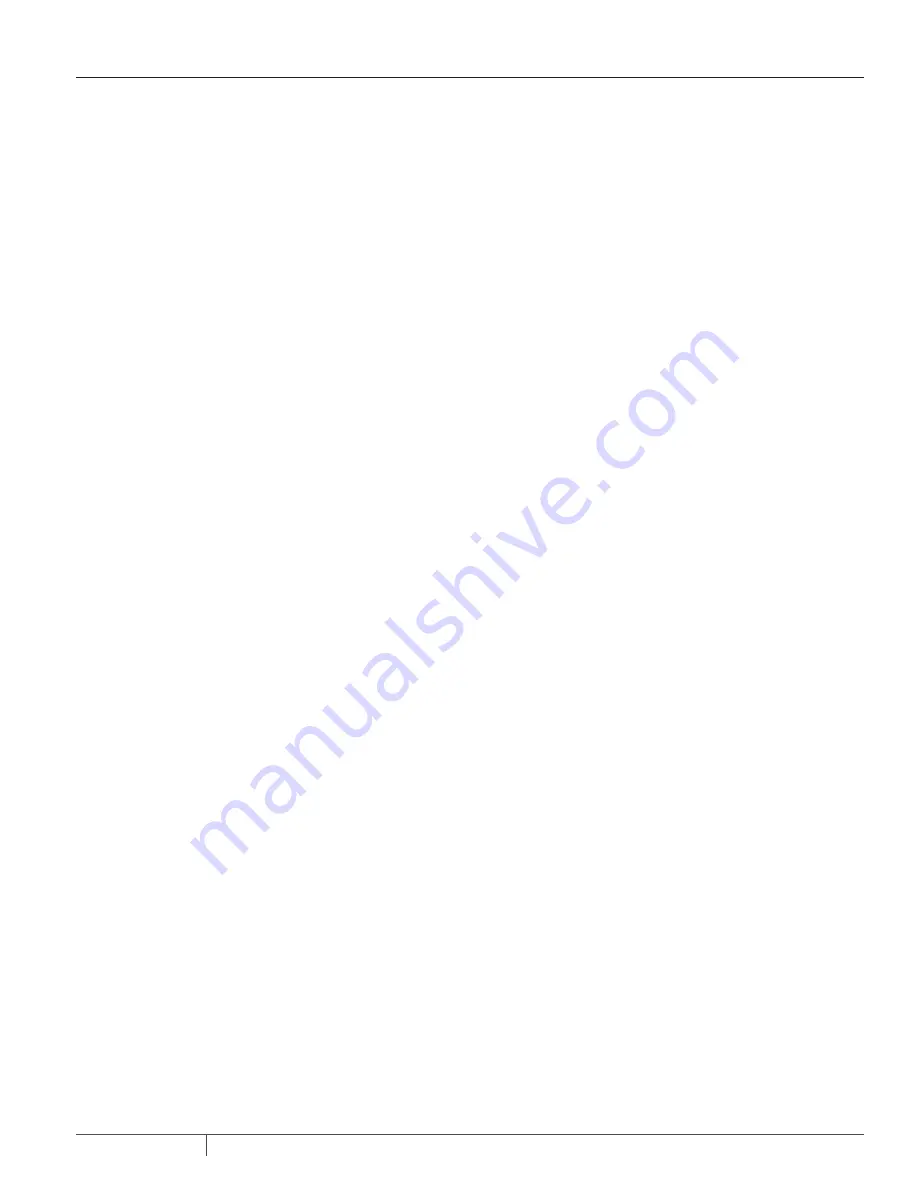
3
P20-24 (01-17-20)
INSTALLATION
OPERATION
With Hydrant Open, Water Flows
Raise the handle to allow water to flow. When handle is lifted, the
main port opens. This allows water to flow up the riser pipe and
out the spout, while the plunger closes the drain hole.
When the Hydrant Closes, the Riser Pipe Drains
To stop the flow, lower the handle until the plunger seats. This
stops the flow of water into the riser pipe and opens the drain hole
to drain water out of the riser pipe.
After the Hydrant Has Drained, It is Frost Proof
After the riser pipe has drained, the hydrant and riser pipe are
both empty. The plunger seals the hydrant below the frost line,
preventing freezing.
INSTALLATION
Attention:
This product is intended for use in agricultural, lawn and
garden care, stock watering, hosedown, fire protection, and other
non-potable domestic applications. This product is classified
as a Yard Hydrant and is not intended to be used with potable
water applications. Do not mistake it for a Sanitary Yard Hydrant
(approved for drinking water applications).
Check your local codes before installing. There ís no one answer
for a code-compliant yard hydrant because of varying state and
local plumbing codes. In many cases the codes are installation and
use dependent.
To comply with rules and regulations in your area, you may need to
consider:
•
Physical location and proximity to wells;
•
The level of contamination hazard from the surroundings;
•
The need for additional cross-contamination prevention
devices.
This product’s inlet includes a combination below-ground freeze
drain and backflow preventer. When connecting a hose directly to
the hydrant, a combination ASSE 1052 approved vacuum breaker
(atmospheric vent) and backflow preventer is required. This will
prevent back-siphonage backflow from contaminating the potable
water supply or ground water. It consists of a metal body with two
independent check valves and an atmospheric vent between them.
Be sure that the water supply line and the base of the hydrant are
at least 1’ below the frost line to prevent freezing.
NOTE: Maximum water pressure to the hydrant is 80 pounds
per square inch (PSI). Pressure higher than 80 PSI will cause
rapid wear on the hydrant’s internal parts, requiring frequent
adjustment and replacement of parts. Excess pressure may also
cause leakage which can fill up the drain field and prevent proper
drainage. Normal pressure for this hydrant is 20 to 40 PSI.
NOTE: If the drain field or the ground around it becomes
saturated, the hydrant may not drain properly, allowing
damage due to freezing with water still in the riser pipe. If
your hydrant’s location is low or tends to collect standing water,
you may have to provide a remote drain field or pit to allow for
drainage and prevent freeze damage (See Step 3, below).
Step 1.
Dig a hole about two feet in diameter for the hydrant and
riser pipe.
Step 2.
Install a 1/8” NPT x 2” nipple in the drain hole to keep dirt
out of the drain hole.
Step 3.
Flush all dirt, debris, gravel, etc., out of the supply piping
before connecting the hydrant. Any foreign material or
debris left in the supply piping could jam the hydrant or
plug its ports.
NOTE: If the bottom of the hole is soft, place a piece
of flat “landscape rock” in the bottom of the hole to
support the hydrant and keep it from settling after
installation.
Step 4.
Put the hydrant in the hole and connect it to the supply
pipe with a street ell or tee (user supplied), but don’t
backfill around it yet. Instead, turn on the water and
operate the hydrant several times to make sure that
it works properly, there are no leaks, the drain hole is
clear and emptying the hydrant and riser pipe, etc.
NOTE: Without a drain field, the hydrant may not be
able to drain properly, and retained water in the riser pipe
or the hydrant head could freeze and damage the
hydrant.
Step 5.
Backfill around the hydrant with pea gravel approximately
1-1/2’ deep.
Step 6.
Add approximately 6’ of soil and tamp it down with a 2x4.
Repeat the filling/tamping procedure until the hole is full.
HYDRANT ADJUSTMENT
NOTE: Over-adjustment can damage the plunger. To avoid this,
make repeated small changes to the plunger setting rather than
one big change.
Step 1.
Shut off the supply water.
Step 2.
Relieve all pressure in the system by raising the handle
on the hydrant.
Step 3.
Loosen the handle setscrew.
Step 4.
Push the brass rod down by hand until it stops (i.e., the
plunger seats).
Step 5.
Raise the handle about 30° from closed position.
Step 6.
Tighten the set screw snugly.
Step 7.
Turn the water on.
Step 8.
Operate the hydrant, making sure that it both shuts off
properly and allows proper flow.
A. If the hydrant does not shut off, repeat steps 1–8.
Step 9.
To check for proper drainage, run the water and then
shut off the hydrant, making sure that all flow stops once
the handle is back down. Check for drainage as follows:
A. Listen for water running back down the pipe.
B. Put your hand over the end of the hose after you turn
the water off. If your pump is draining, you will feel
suction on your hand.
Step 10.
If the riser pipe drain hole is blocked, clear it by:
A. Put a hose cap on the hydrant or put the hose on it and
then kink it.
B. Open and close the hydrant to blow the blockage out
of the drain hole.
C. If you have an anti-pollutant model, make sure that the
small hole in the vent valve is clear.
NOTE: To verify proper drainage, repeat Step 10. If the
hydrant is still not draining, repeat steps 1 through 10 to
clear the drain port.











